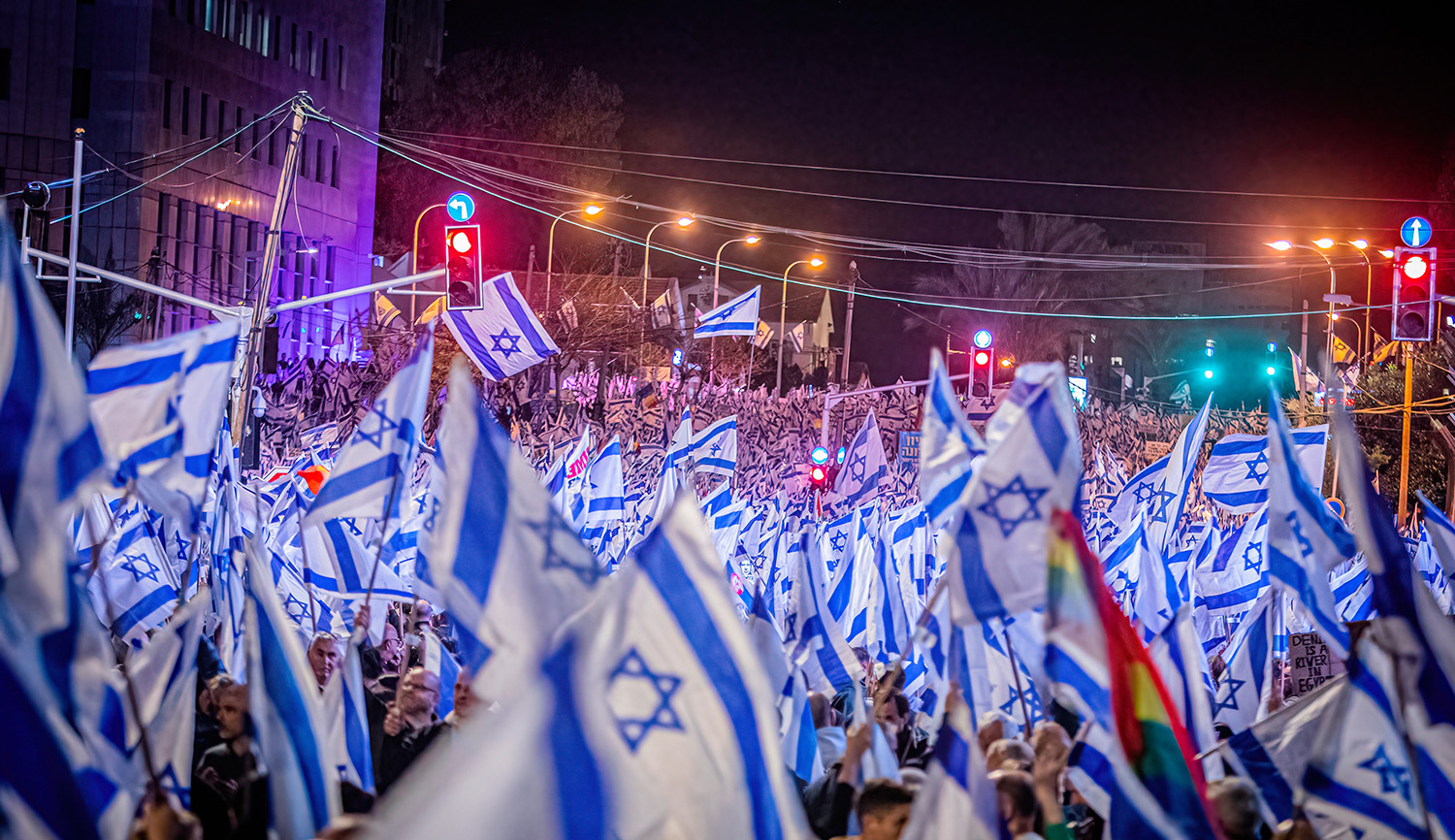When there is a terrorist attack, car accident, or any other emergency in Israel, often the first people to tend to the wounded are members of the volunteer paramedical group United Hatzalah. Mark Hemingway, noting that America suffers from a shortage of professional paramedics—a situation expected to worsen in the coming years—suggests copying Hatzalah’s successes:
United Hatzalah . . . provides medical training and supplies to over 4,000 volunteers across Israel. When emergencies are reported to the authorities, United Hatzalah is also made aware of the location and notifies nearby volunteers through its own communication network, often by text message. Volunteers are not obligated to respond but almost always do. United Hatzalah claims an impressive average response time of under three minutes; in some cities, the average response time is under 90 seconds.
The organization has made some pioneering innovations. The fast response times are often attributed to the “ambucycles” it supplies to volunteers. They are essentially motor scooters packed with a complete trauma kit and advanced medical devices such as defibrillators, blood-sugar monitors, and oxygen tanks. The scooters can bypass traffic jams, go around debris, ride on sidewalks, and otherwise avoid impediments that would stop an ambulance. . . .
[In the U.S.], one way to alleviate the strain on professional first responders would be to give emergency medical training to thousands of volunteers in all walks of American life. United Hatzalah has an American affiliate, United Rescue, that is in its infancy and currently working to import United Hatzalah’s model of training and deploying volunteers in a pilot program in Jersey City. However, there’s a very long way to go before United Rescue would make the same impact here as United Hatzalah in Israel. In terms of relative population, 4,000 volunteer responders in Israel would be the equivalent of adding 160,000 volunteers in America. Not helping matters . . . is quite a bit of union opposition from professional first responders to the idea of an army of volunteers.
Still, it’s hard to imagine Americans objecting to the thought of 100,000 new ambucycles patrolling the streets. And unlike, say, the debate over gun rights, emergency medical training is hardly controversial: voluntarism speaks to America’s Tocquevillean traditions, and such programs can even start in schools.
More about: Alexis de Tocqueville, Israel & Zionism, Medicine


